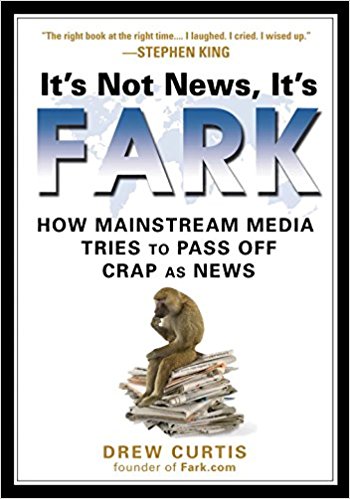Fark.com Takes On Fake News

Pregame Huddle: The girls soccer team has a quick pregame meeting following the National Anthem prior to its game against Stevenson High School at MHS.
May 5, 2017
Drew Curtis wrote “It’s Not News, It’s Fark” about his website, Fark.com.
Fark.com is a satirical news website powered by millions of people who are fed up with fark in their news.
Since 1999, users have submitted news stories from the mass media to add their own humorous headlines that mock the underlying purposes of articles.
Curtis’s book hysterically presents the best fark to show how much the mass media can get away with when it needs a good story.
Curtis argues that the media manipulates stories just to make people buy the paper or click a link, thus undermining the intended purpose of journalism. He takes on a number of tactics used by the mass media that go to great lengths to do just that.
Among them is fear mongering, or fark, which is exaggerated or manipulated news to scare an audience.
Take one of his best examples into consideration: Clorox sponsored a study to determine where the most bacteria exists. A news organization picked up on the study and reported that the most bacteria exists on items, such as shopping carts and keyboards, so it’s pretty much everywhere. Oh no! But what’s the science behind this study?
Unfortunately, it was not reported. However, the lead researcher suggested bacteria can be eliminated by using wipes. Now, what company sells wipes?
The Clorox study story that appeared on Fark.com is exemplary of another tactic Curtis tackles in his book. He calls it the Unpaid Placement Masquerading as Actual Article. This type of fark combines non-news with an often phony theory in order to advertise a product.
Reading his book “It’s Not News, It’s Fark” will help people of all political ideologies see the manipulative methods of the media and how to accurately identify ‘fark’ news. Through his humor, Curtis’s book will engage any reader looking for an easy read with a concrete message.
